Market Growth Projections
The Global Industrial Foam Market Industry is projected to experience steady growth, with estimates indicating a market value of 135.8 USD Billion in 2024 and a potential increase to 199.8 USD Billion by 2035. This growth trajectory suggests a compound annual growth rate (CAGR) of 3.57% from 2025 to 2035. Such projections reflect the increasing demand for industrial foams across various sectors, driven by technological advancements and changing consumer preferences. The anticipated growth underscores the importance of strategic investments and innovations within the industry to capitalize on emerging opportunities.
Growth in Construction Activities
The Global Industrial Foam Market Industry is significantly influenced by the ongoing growth in construction activities worldwide. As urbanization accelerates, the need for insulation and soundproofing materials in residential and commercial buildings increases. Foams, particularly those with thermal insulation properties, are increasingly utilized in walls, roofs, and floors. The construction sector's expansion is expected to contribute to the market's growth, with projections indicating a rise to 199.8 USD Billion by 2035. This growth is further supported by government initiatives promoting energy-efficient building practices, which favor the use of industrial foams.
Increased Focus on Sustainability
The Global Industrial Foam Market Industry is witnessing a paradigm shift towards sustainability, as both consumers and manufacturers prioritize eco-friendly products. The demand for recyclable and biodegradable foams is on the rise, driven by regulatory pressures and consumer preferences for sustainable materials. Companies are increasingly adopting green practices in their production processes, which not only reduces environmental impact but also enhances brand reputation. This trend is likely to influence market dynamics, as businesses that embrace sustainability may gain a competitive edge, potentially leading to increased market share and growth opportunities.
Rising Demand in Automotive Sector
The Global Industrial Foam Market Industry experiences a notable surge in demand driven by the automotive sector. As manufacturers increasingly adopt lightweight materials to enhance fuel efficiency and reduce emissions, foams such as polyurethane and polyethylene are becoming essential. In 2024, the market is projected to reach 135.8 USD Billion, with automotive applications accounting for a significant share. The trend towards electric vehicles further amplifies this demand, as these vehicles often utilize advanced foam materials for insulation and soundproofing. This shift indicates a robust growth trajectory, potentially leading to an expanded market presence in the automotive industry.
Diverse Applications Across Industries
The Global Industrial Foam Market Industry benefits from its diverse applications across various sectors, including packaging, furniture, and healthcare. Each of these industries utilizes different types of foams tailored to specific needs, such as cushioning, insulation, and support. For instance, the packaging sector relies on foams for protective packaging solutions, while the healthcare industry utilizes foams for medical devices and patient support. This versatility ensures a steady demand for industrial foams, contributing to the market's resilience. As industries continue to evolve, the adaptability of foams may lead to new applications and further market expansion.
Technological Advancements in Foam Production
Technological advancements play a crucial role in shaping the Global Industrial Foam Market Industry. Innovations in foam production processes, such as the development of bio-based foams and improved manufacturing techniques, enhance product performance and sustainability. These advancements not only meet the growing consumer demand for eco-friendly materials but also improve the efficiency of foam production. As a result, manufacturers are likely to invest in research and development to create high-performance foams that cater to various industries. This focus on innovation suggests a competitive landscape that could drive market growth in the coming years.


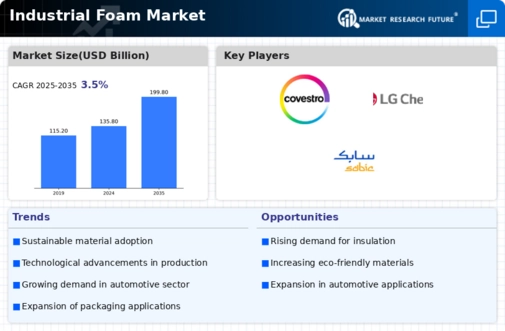
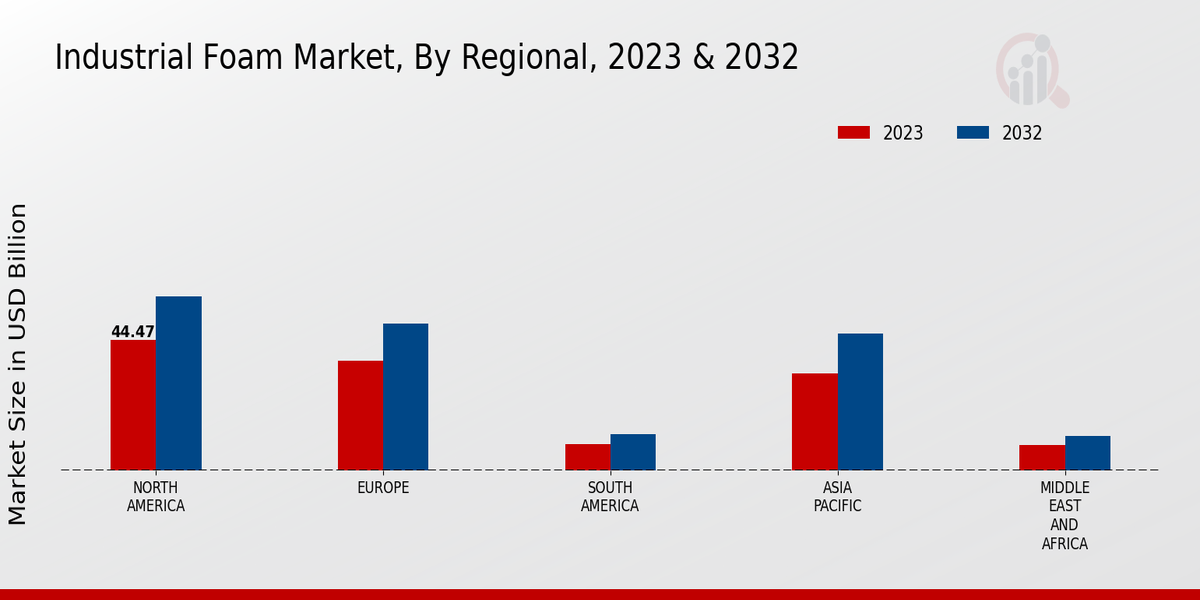
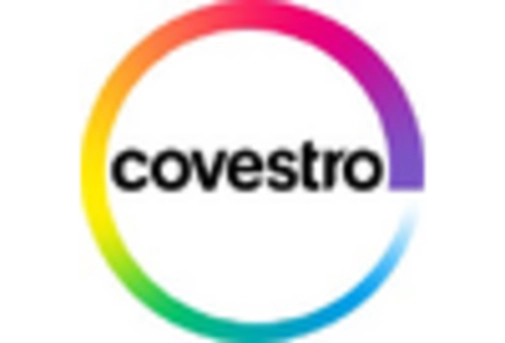
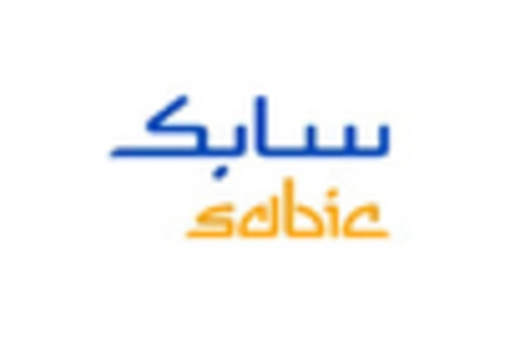
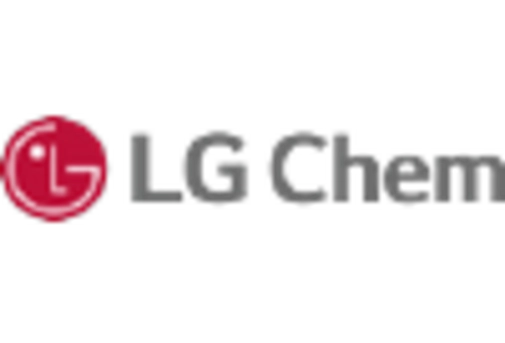








Leave a Comment